Media | Articles
On the Verge of Unobtainium: A mad junkyard dash to save endangered parts
To all my fellow classic luxury car enthusiasts, I feel your pain. We avoid the usual smattering of classic American trucks or muscle cars, where catalogs and vendors aplenty offer every restoration part needed. It must be hard to get soft bits for a 1976 Cadillac Seville these days, and I can’t even fathom how much it’d cost to restore an Exner-era Imperial. Do parts for most prewar Packards even exist anymore? Such is the plight of owning a vehicle with unobtainium, and I’m gonna do my best to get what I need before it’s too late.
The writing’s been on the wall for years, and finding parts for my meticulously, lovingly restored 1989 Lincoln Continental is quickly headed down the path well-known to owners of vintage Packards and Plymouths. One of these arrives in Houston’s high-turnover lots every three-ish years, so I check my email and Facebook notifications (yes, really) for new arrivals. It feels even more important now, considering what happened the day before I found this particular junker Continental.
These Ford Taurus–based, V-6-powered Continentals were a popular and critical hit in the first two years of production. Though demand exceeded supply in 1988, and despite Car and Driver honoring it on the 1989 10 Best List, the early un-asbestos gaskets for its aluminum heads, janky transmissions, and air suspensions that were only good for 10 to 15 years ensured the 1988 through ’94 Continental’s reputation for poor durability.
Long story short, these suckers are thin on the ground now. So what happened when I found this, uh, beautiful example curated at a nearby junkyard on Facebook?

Facebook notifications are great, but going to the website to see a photo wasn’t terribly fruitful. This Continental was likely left to rot outside for years, and what on earth is going on with the passenger side headlight? No matter, the 1990 Continental shared many parts with my 1989, and if it had a blue interior I could be in unobtainium car-part heaven. Who knows, maybe it has the velour seats I love so much!
Marketplace
Buy and sell classics with confidence
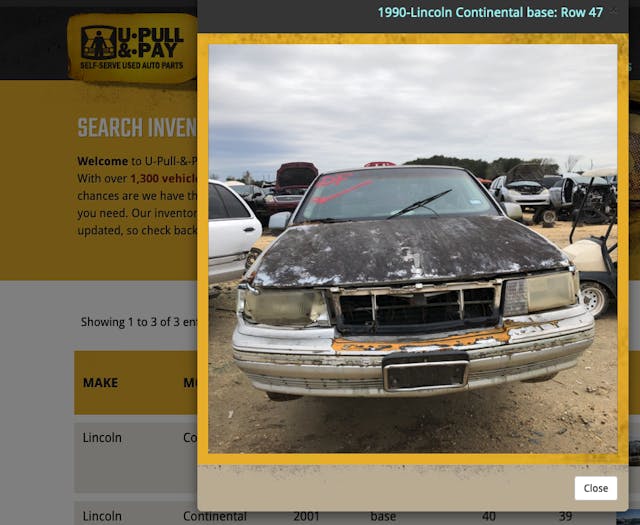
Going to the junkyard has an anticipatory, spiritual notion about it. I pack my tools, a snack or two, and load a wheelbarrow into my Ford Ranger for the big day. But upon arrival—and aside from enjoying the Continental’s wedge styling influences on the Panther chassis next to it—a closer inspection of this example left me disappointed. And puzzled, as the sheer extent of front-end hackery was a bad sign.
The inside—where I was hoping for clean, unobtainium plastics—was worse, as this Continental was the long-term home for rodents that left hantavirus containers everywhere the eye could see. Roofing tiles with a decaying dreamcatcher rested in the back, and questionable wiring upgrades had me dumbfounded. Who needs a 120-volt plug on their turn signal? It wasn’t much better under the hood, but that’s irrelevant thanks to an abundance of parts available elsewhere for the sistership Taurus.
No matter, I got a few pieces I needed for my Continental. While I’ve sorted most everything on this car, restorations are never under the owner’s full control. To wit, my body shop (which did a fantastic job overall) painted the sideview mirror assemblies in body color, instead of painting colored inserts inside a black housing. They look great—maybe even better than factory. But that’s not original, and if I can do up a pair of junkyard mirrors to match I’d be thrilled with both. Better do it while I can, while the parts still exist. That said, the junkyard Continental’s passenger side mirror was too far gone. The driver’s side unit cleaned up well in my shop sink and will live to see another day.
This car also had an exterior door handle from my restoration wish list. My passenger front-door handle’s springs lost its sprung after the paint job, but this car offered a rear passenger door handle with good return springs. Plus I now have a spare assembly if I ever need it. (No, Lincoln nerds, these handles are not interchangeable with those of other 1990s Lincolns. Learned that the hard way.)
Maybe I’m just turning into an old man, but let’s discuss the joys of bringing an electric ratchet wrench to the junkyard. It totally amps up the fun and cuts down on the stressful labor. Too bad it can’t help me (or anyone else) from breaking fragile Ford plastics never designed to accommodate my needs. Case in point: I broke the tabs on my dashboard’s speaker grilles when installing aftermarket tweeters. I found an NOS example on eBay, but the passenger side grille was still loosely resting on the Continental’s dash.
These grilles were unique to 1988 through ’91 cars, which makes this find even more important. Did I break one of the clips when prying it off the dash, or was it already like that? Who knows, but at least I kept the “sun load sensor” from breaking off the assembly, and now my speaker grille has 25 percent more clipping power.
The junkyard grille was shockingly dirty and rusty, but it was an easy swap from rusty metal to my original mesh (that got a fresh lick of paint during the restoration). And at $6.99 for the part, I consider it a victory of sorts. While not on my list, this Continental still had its original battery tie-down. It’s easily sourced via the aftermarket, but I can’t say no to a part that’s right in my face, right when I need it.
My tap-and-die set cleaned up the threads a bit, but it’s probably too far gone. Oh well, at least I have another reason to visit a junkyard again. Outdoor journeys are mini-vacations for someone like me, a Lincoln dork with a compromised immune system living in pandemic times … so you won’t see me complaining.
Speaking of Lincoln dorkiness, I grabbed the one-year-only passenger airbag emblem from this 1990 Continental. And it gave me a giddly little thrill, because this is an emblem for the passenger airbag, not the driver’s. Behold it’s decorative glory on the left-hand side of the passenger airbag in the image below. (Sorry, photography inside that biohazard-laden junkyard Continental wasn’t happening.)
So here’s the deal with the airbag emblem. The 1989 Continental was the first American car with standard dual airbags, and we as a society knew little about this safety feature back then. It didn’t have this airbag emblem; rather, it sported the now-familiar “SRS” letters stamped in it. (SRS is short for Supplemental Restraint System.) Lincoln-Mercury made A Cushion of Safety brochure to reassure owners of this new technology, explain the need for it, and illustrate how to safely operate your vehicle with these things stuffed in your cabin. Who needs an airbag emblem when a brochure explains why SRS airbags are cool, right?
Perhaps owners didn’t appreciate the explanation. And perhaps they didn’t want to explain why the letters “SRS” were stamped in dash right in front of the passenger’s line of sight. Enter 1990, when the “LINCOLN” airbag emblem covered that lettering, ensuring that passengers never questioned the notion of a supplemental restraint system.
If ignorance is bliss, perhaps 1990 was the year of the blissful Continental. I’ve never seen airbag emblems on 1991+ Continentals, so finding one for my collection made this junkyard journey worth the effort. Looking through the lens of automotive history, the emblem’s short lifespan was probably due to the fact that a push-in hunk of plastic (no adhesive) on an original, high-velocity airbag could wind up ejecting itself from the dashboard. I bet NHTSA had words with FoMoCo for this revision to its Lincoln Continental.
Or not, as this is mostly conjecture on my part. But the stories these V-6 Continentals possess have yet to be told, unlike the umpteenth million story you’ve heard about Mustangs, muscle cars, Corvettes, Porsches, and whatnot. A trip to the junkyard for my cars is part memory lane, part interesting insight into the historical preservation of automotive unobtainium, and a little parts acquisition thrown in for justification. I may never know why the last owner added that power cord to the turn signal stalk, but hey, some mysteries are better left unsolved.
There’s merit in saving automotive rarities and oddities and memorializing them for future generations. Cars like the 1988 through ’94 Lincoln Continental inspired future vehicles (i.e. look at the airbag part numbers for Fox-body Mustangs) and lived a life worth mentioning. And if we don’t collectively share these stories, who will?







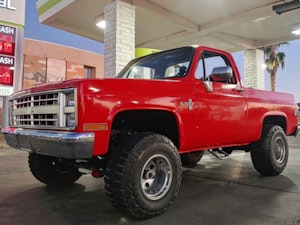



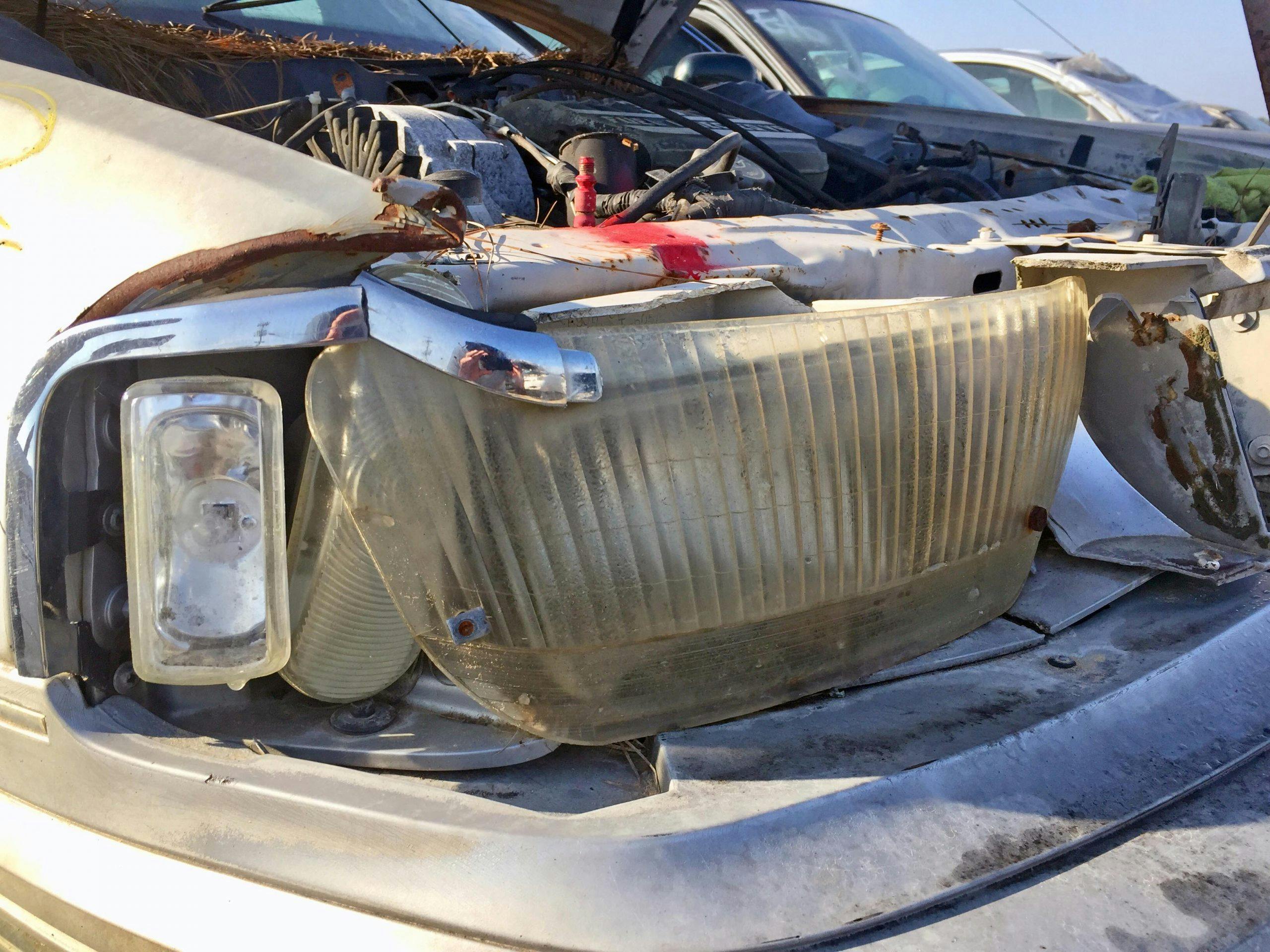

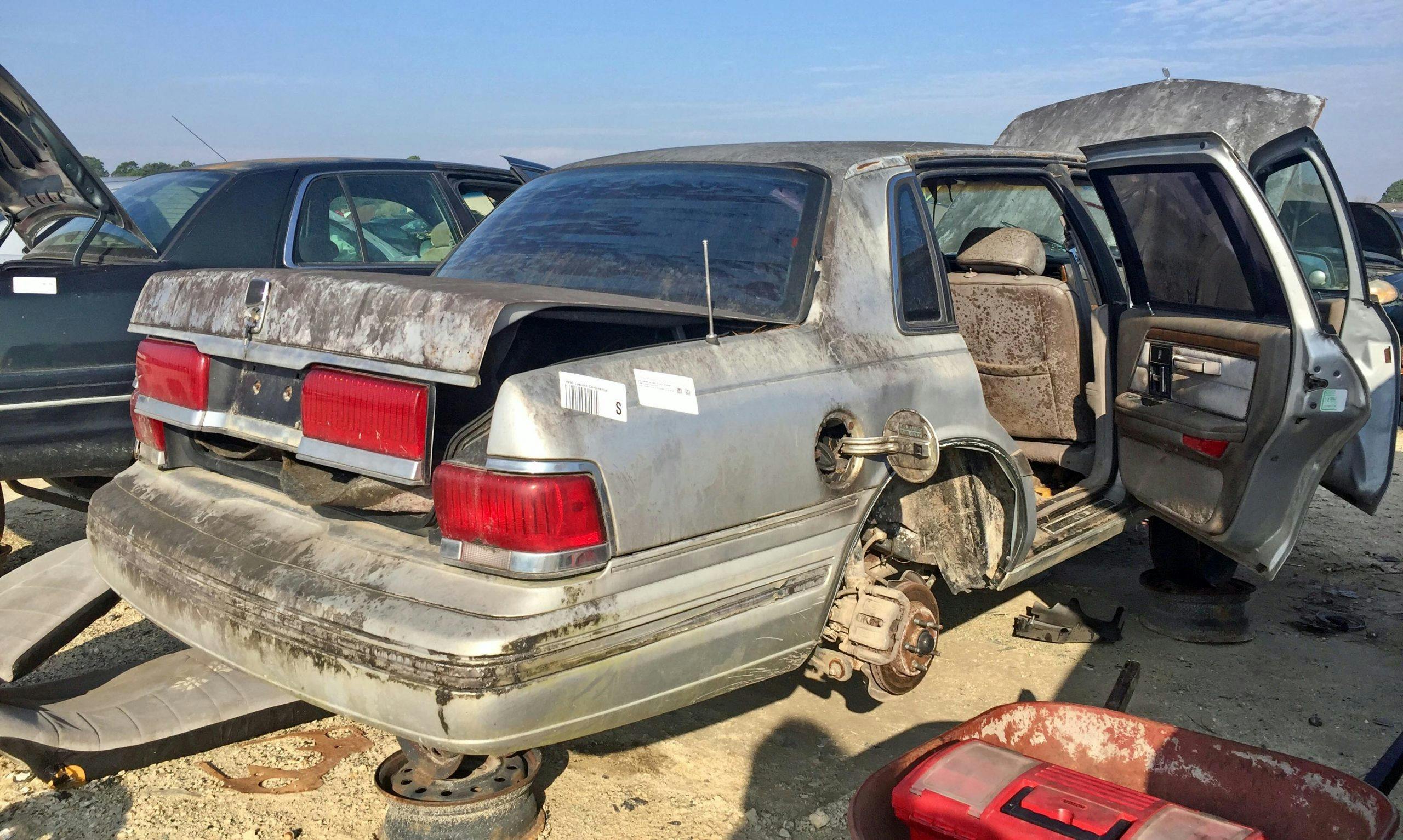


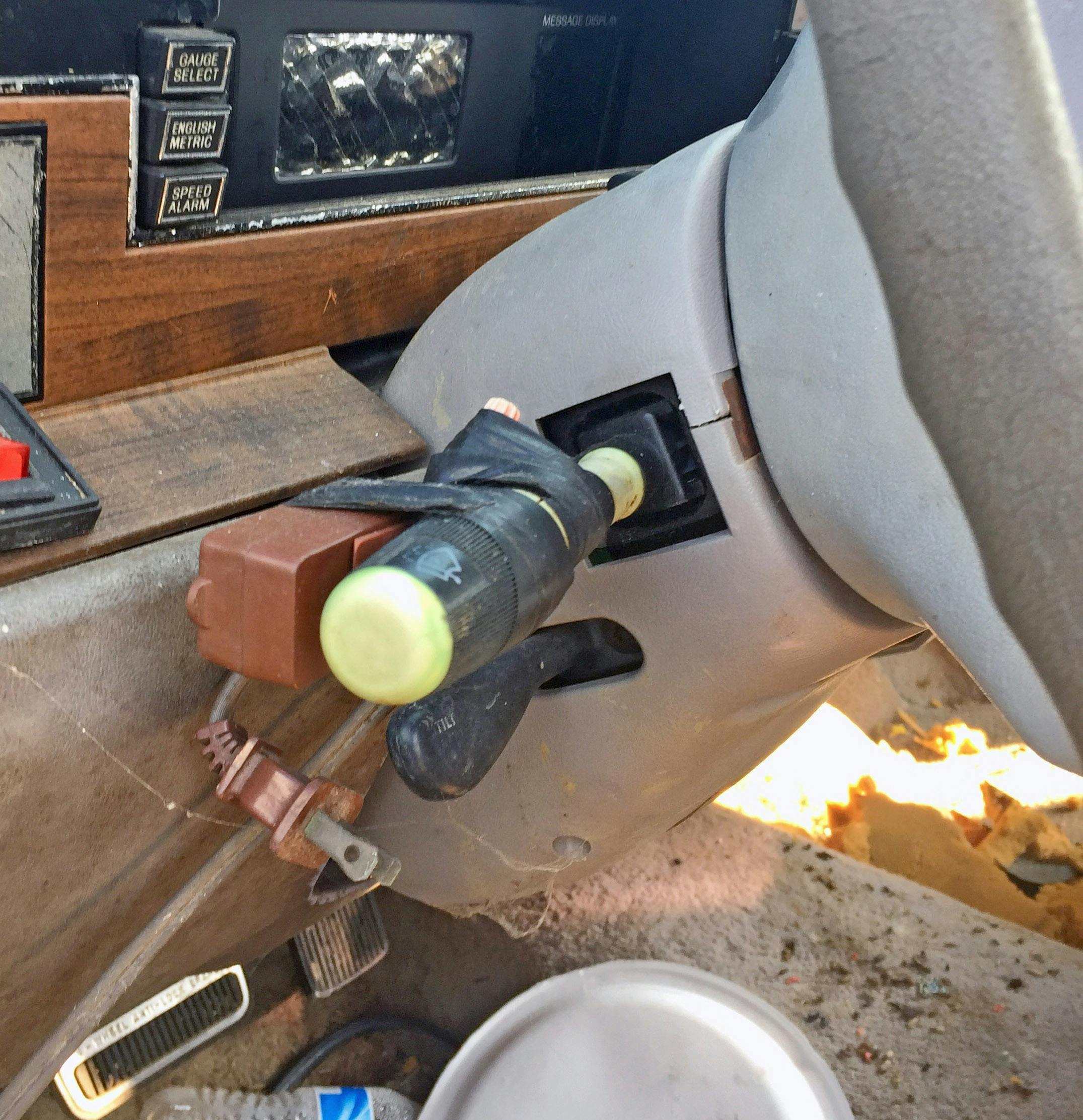

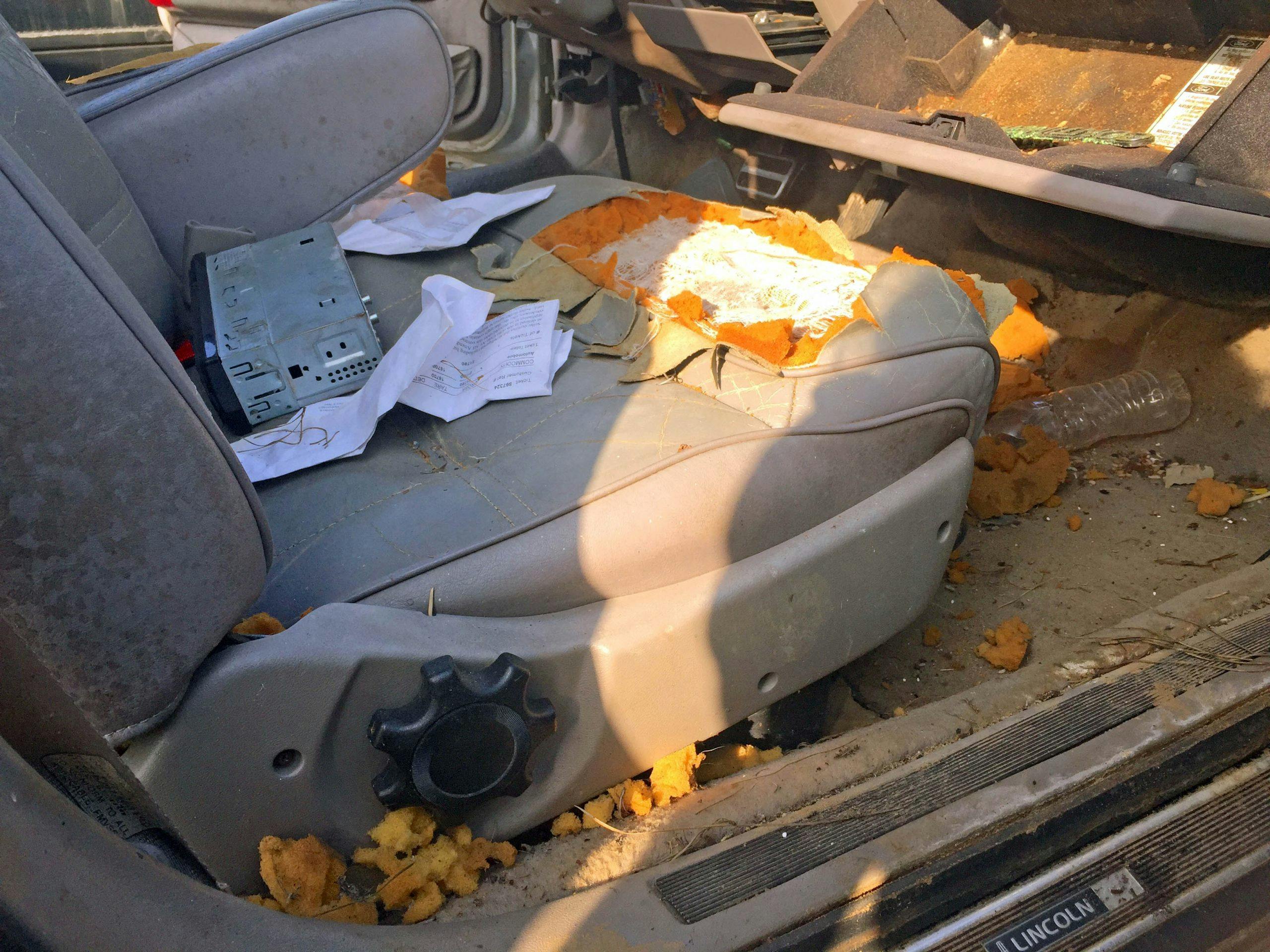

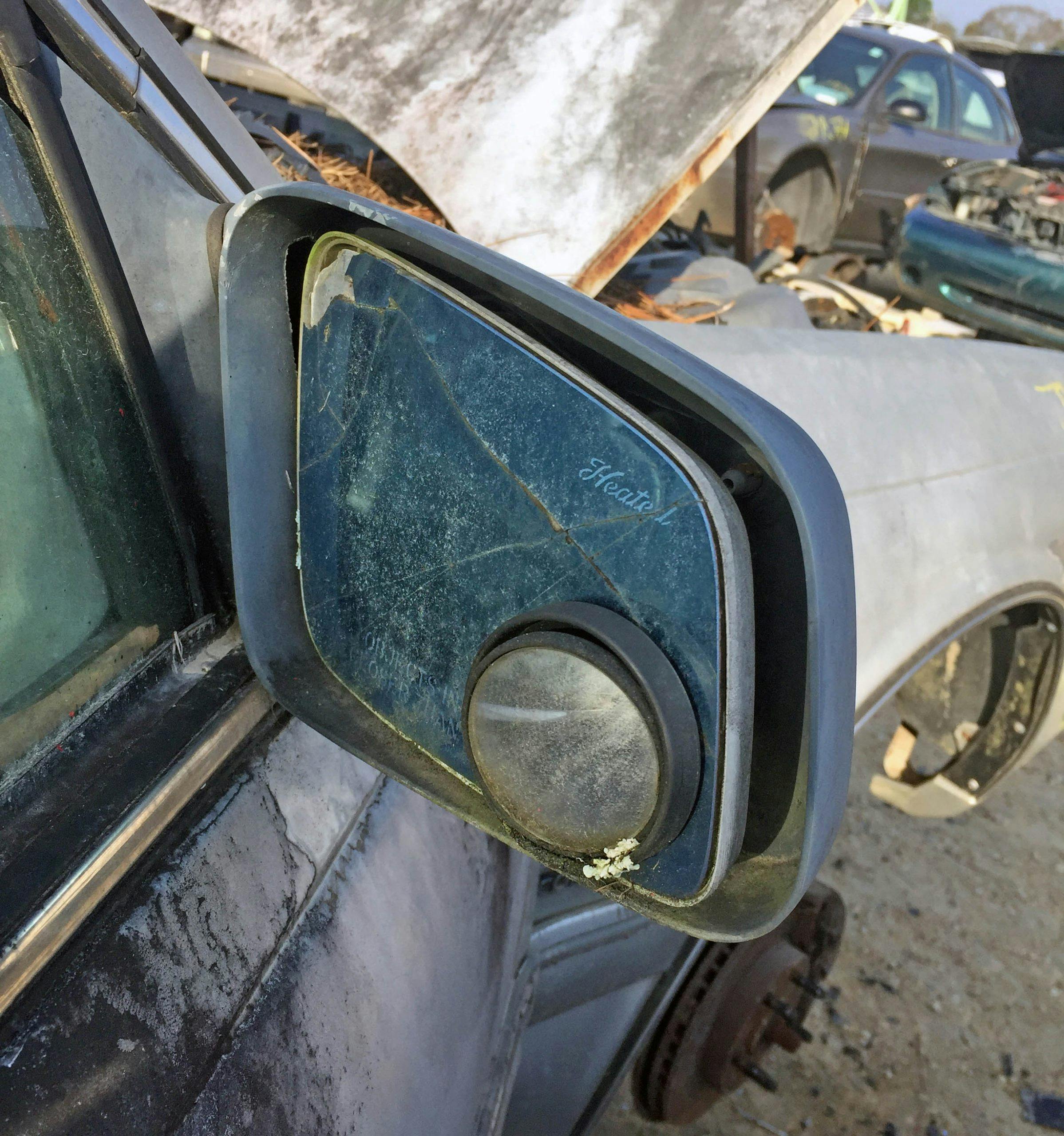

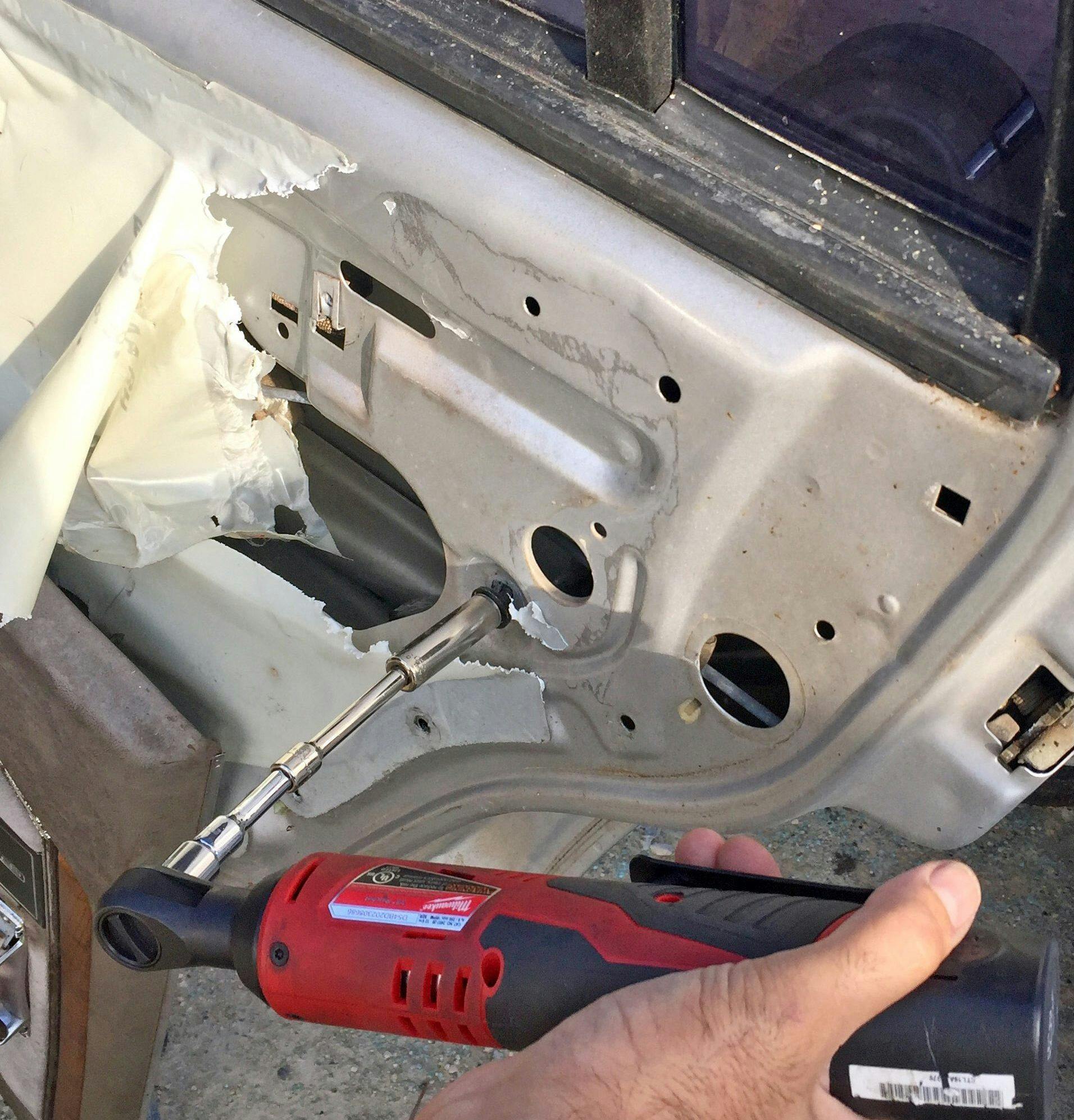

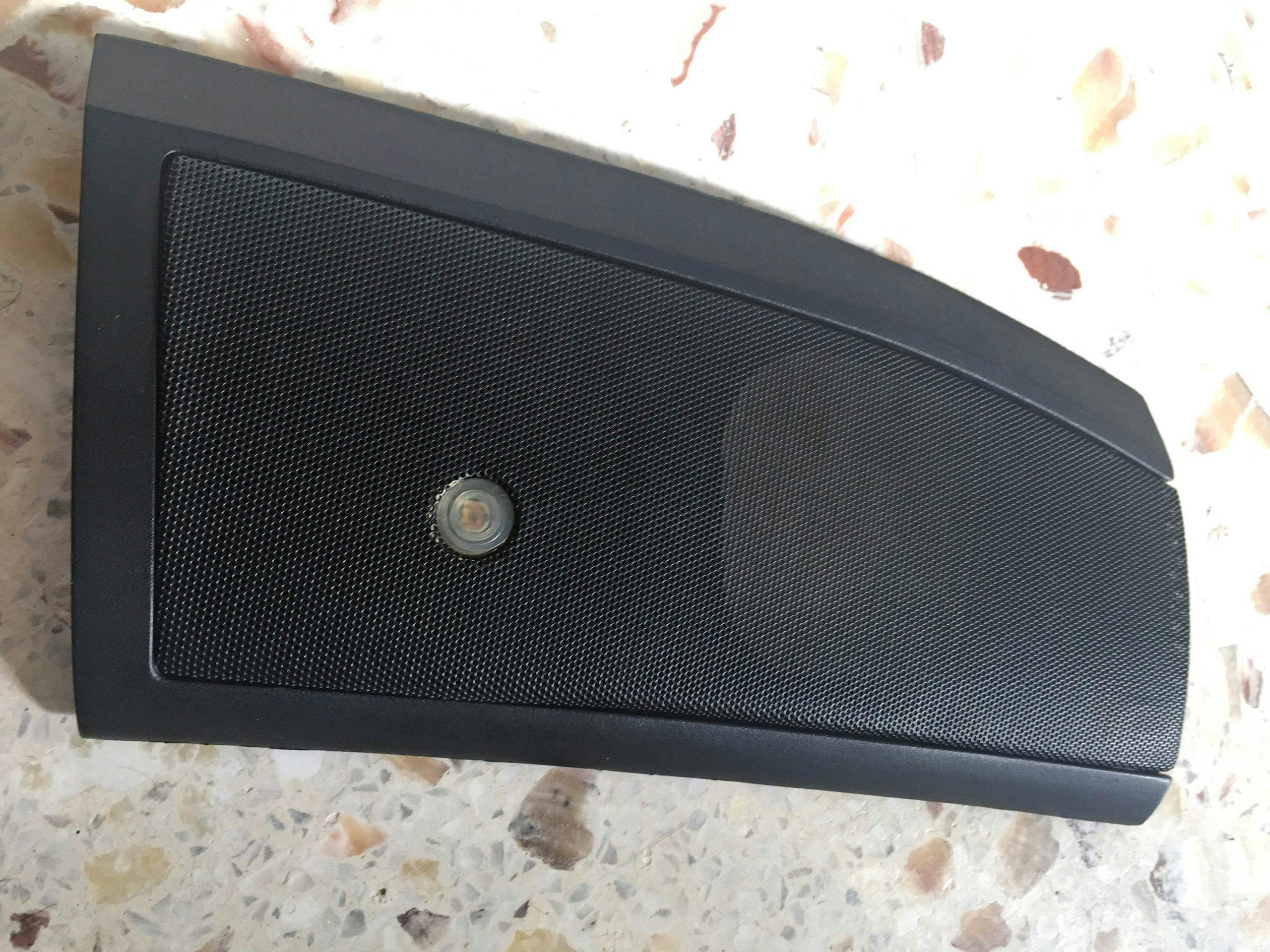
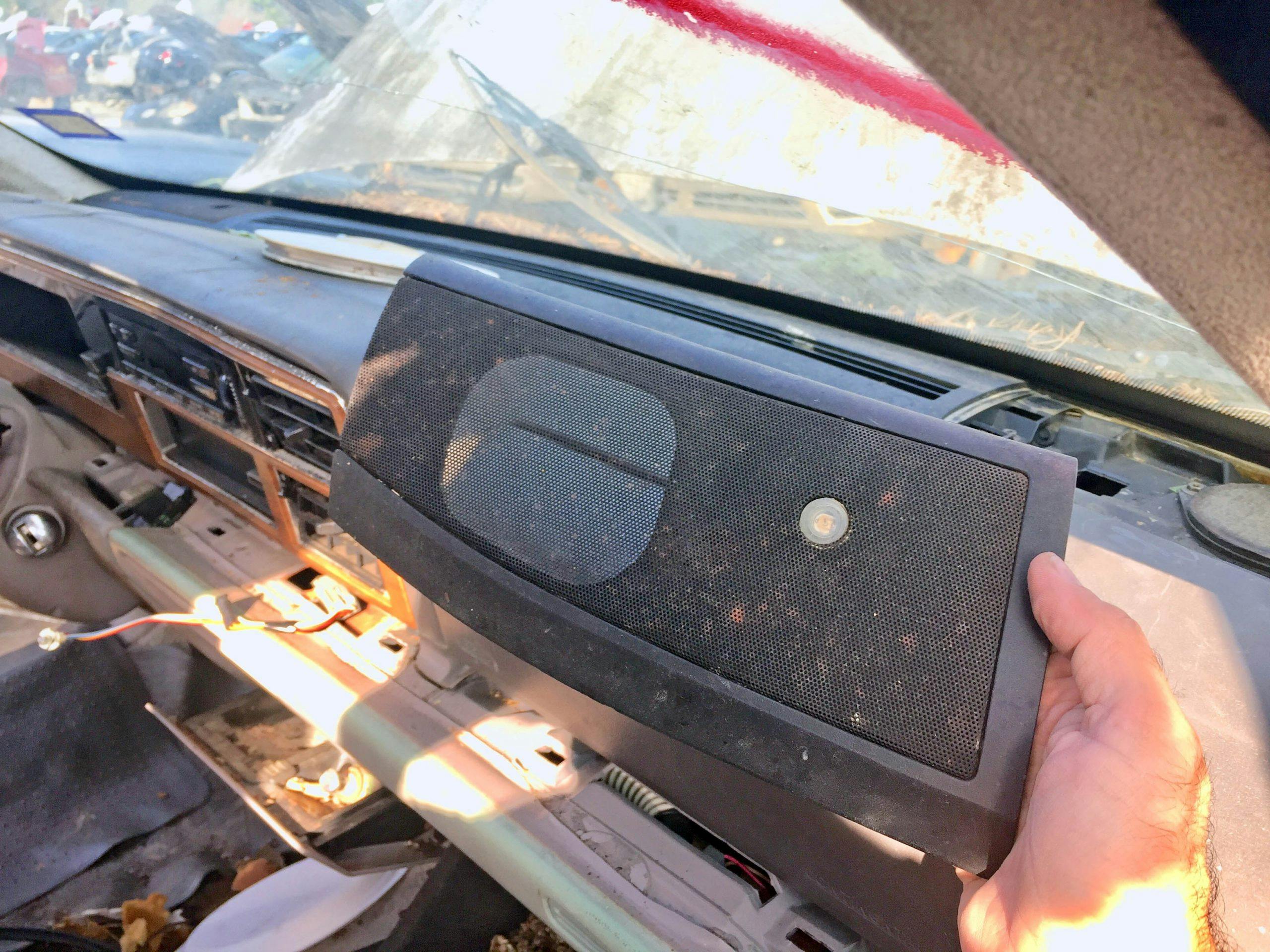
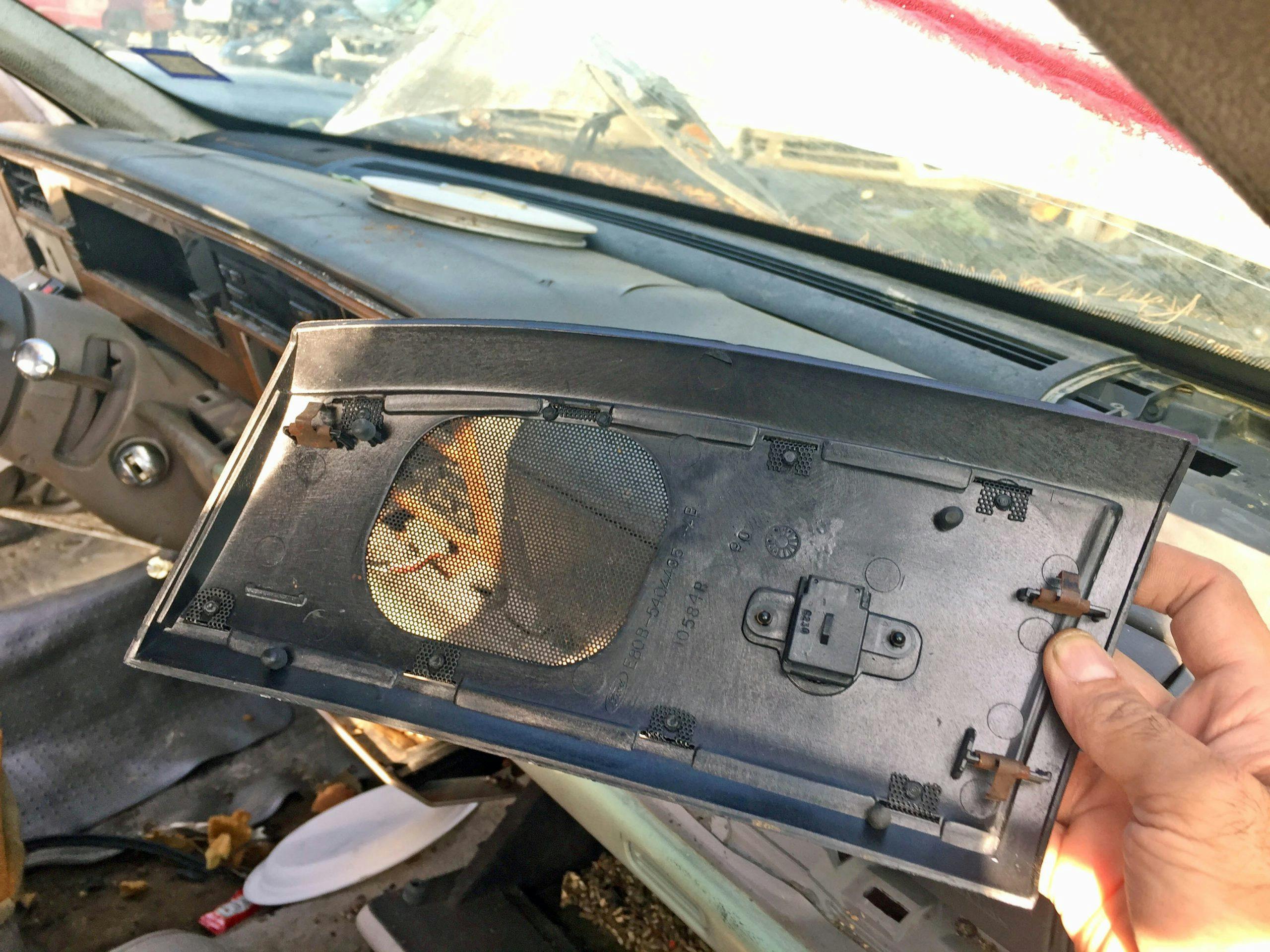
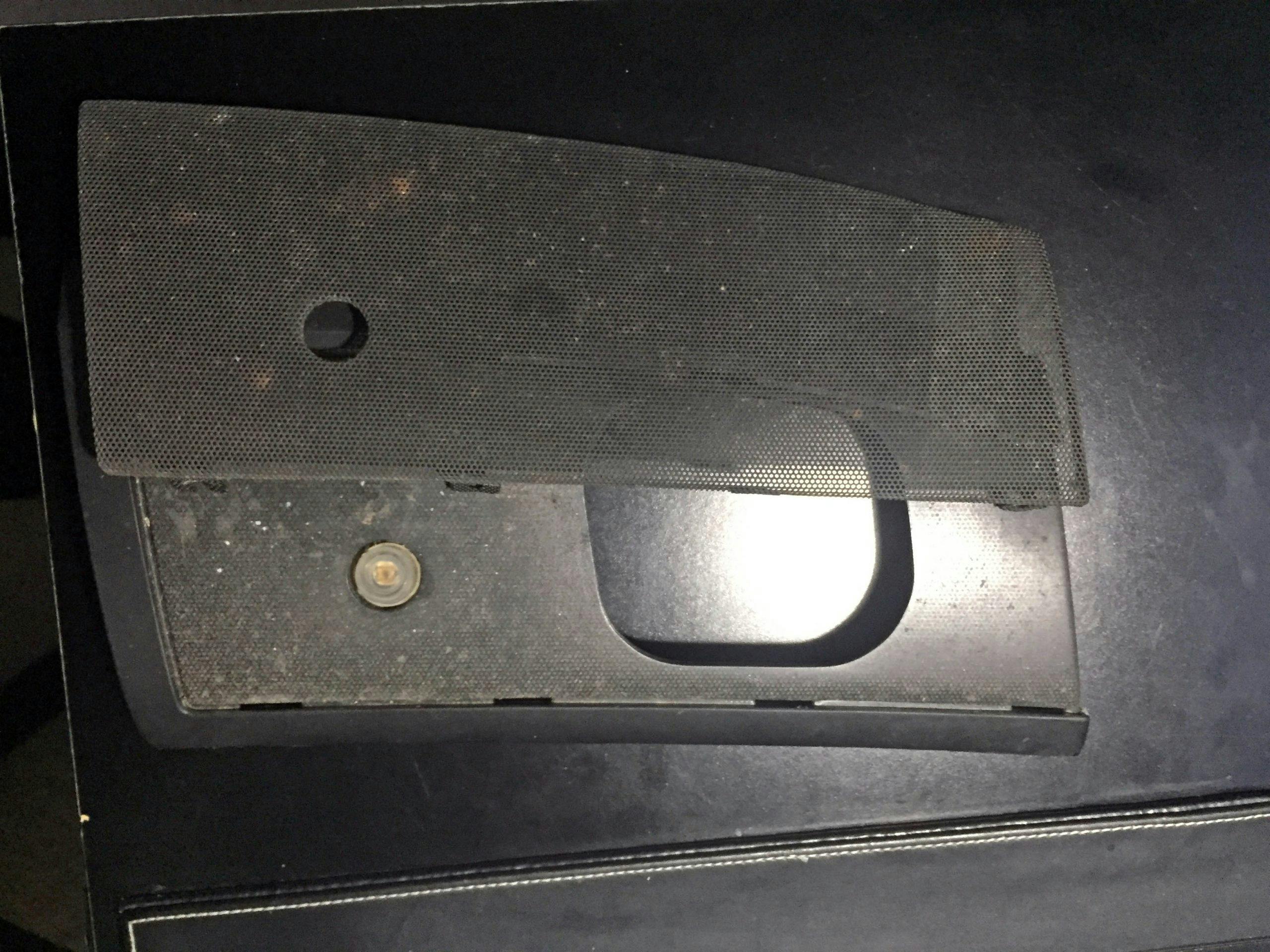


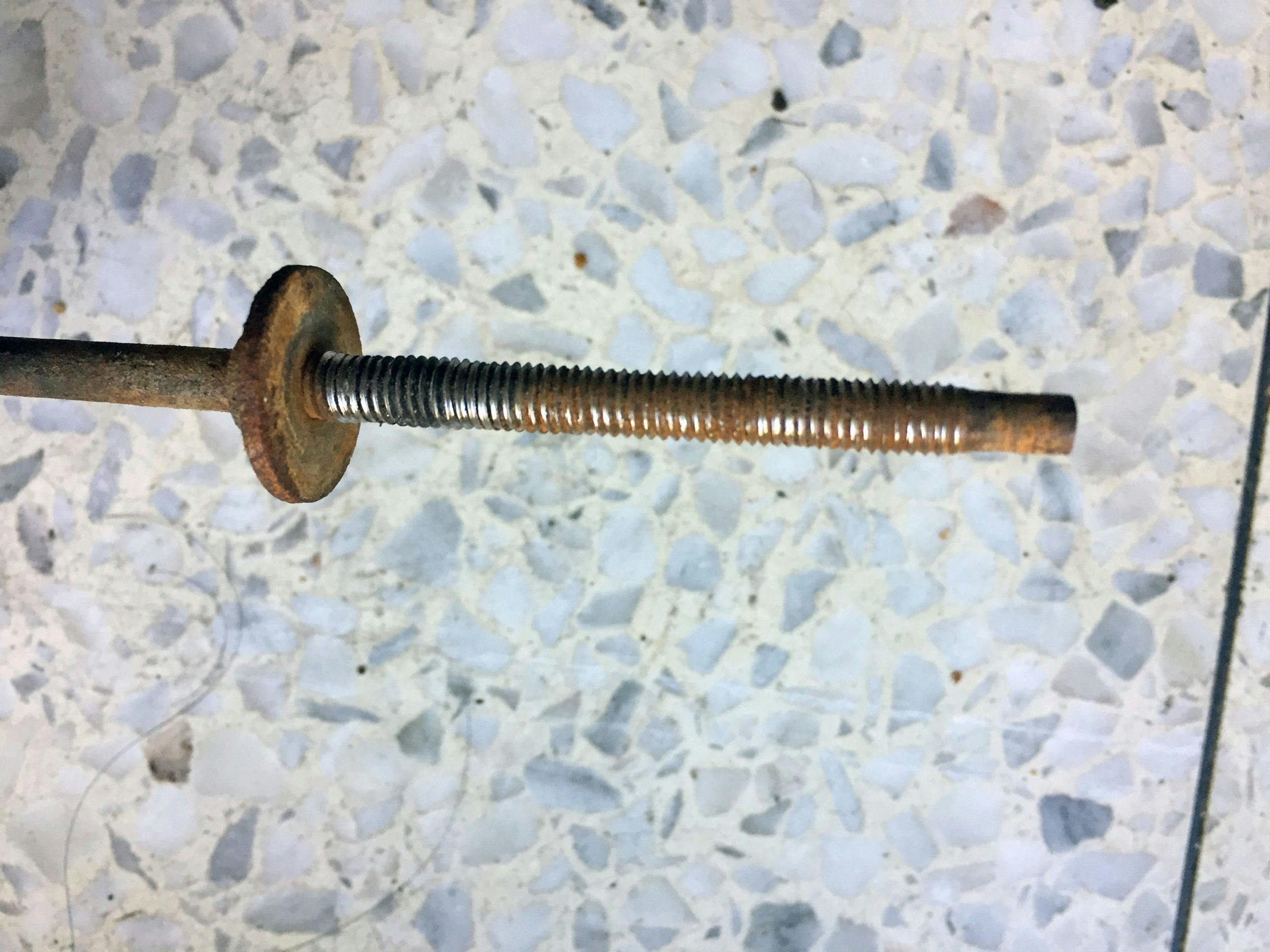
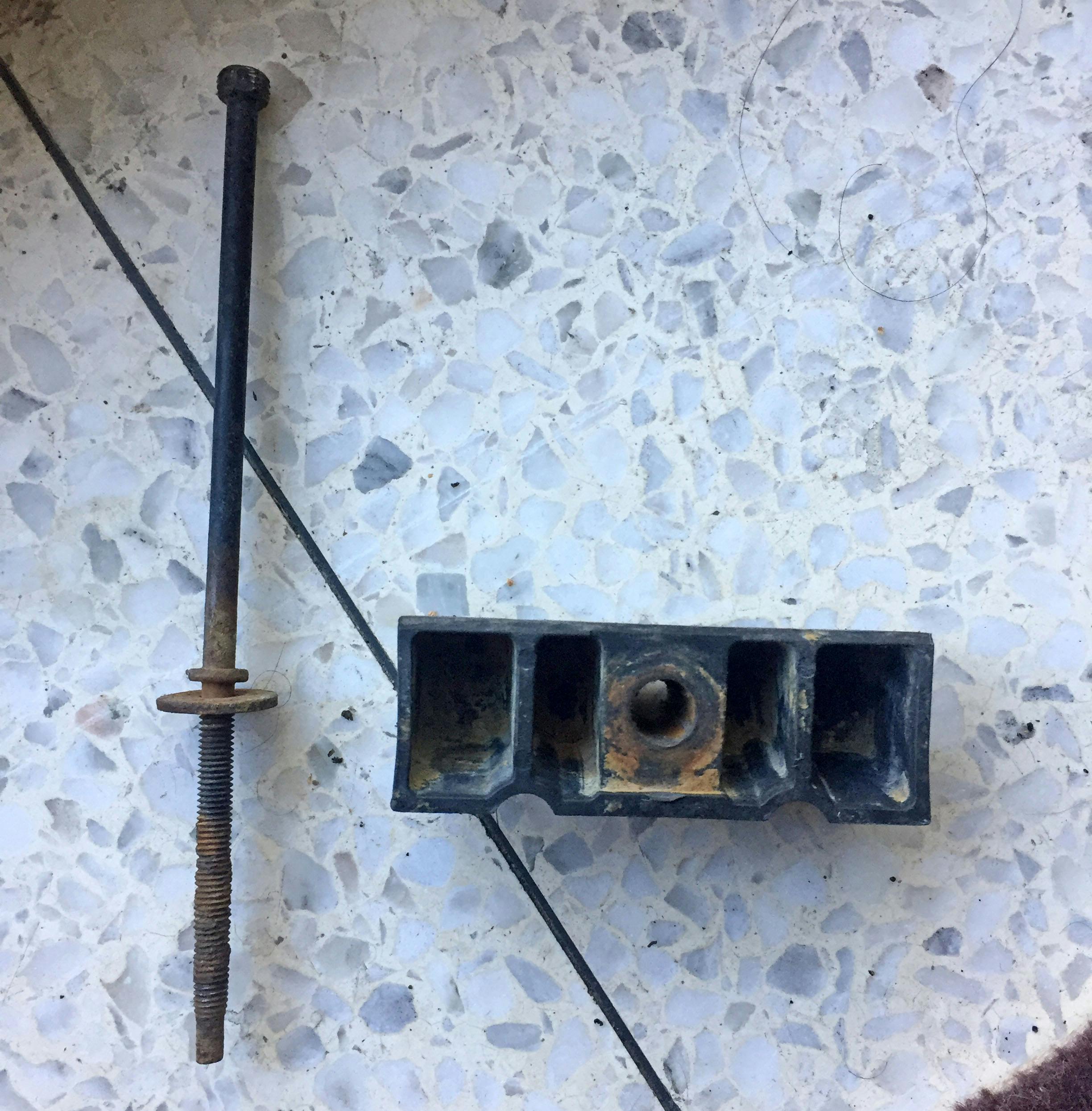


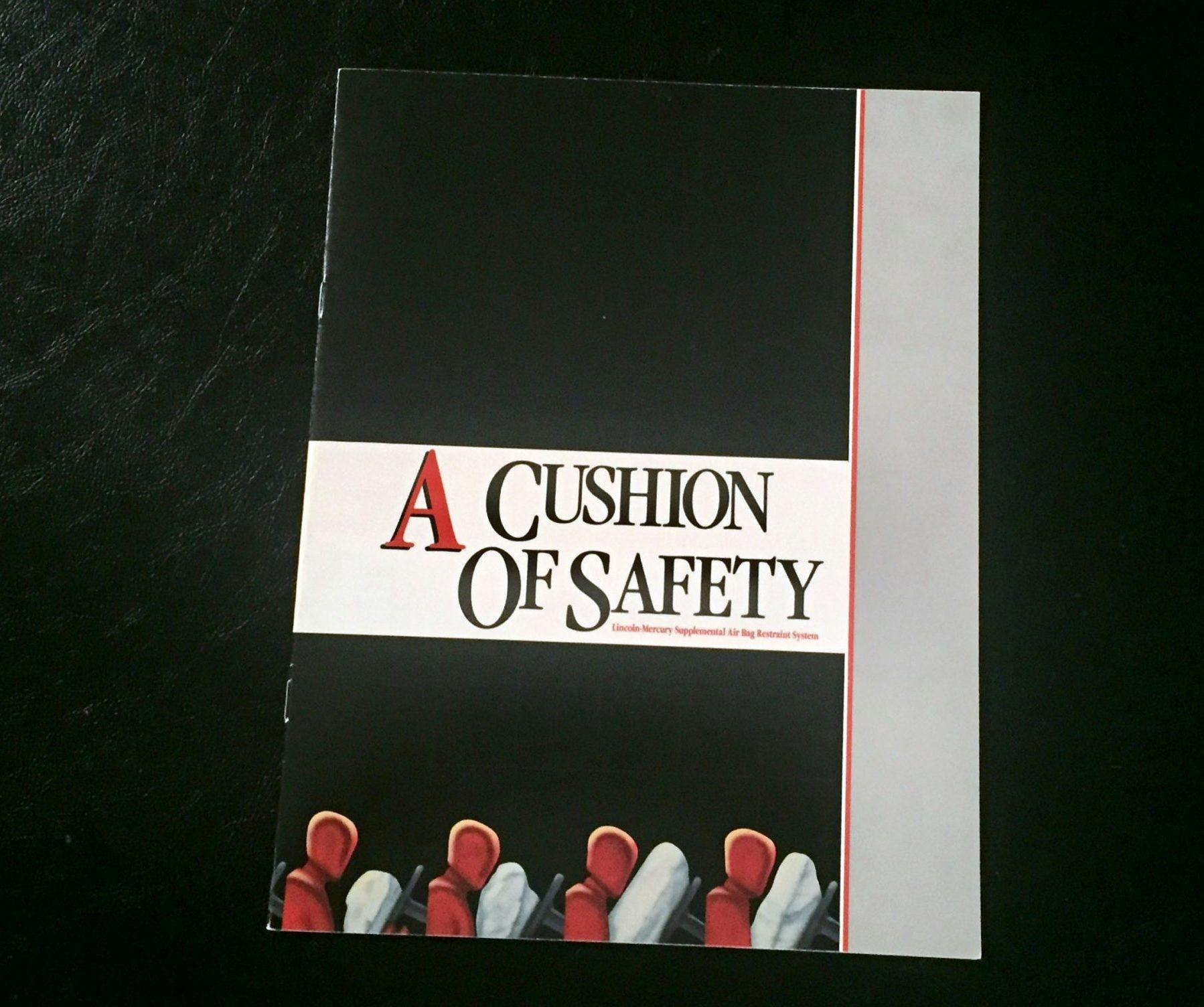
































I’ve been trolling junkyards for the last 40 years! Parts for the collection of trucks and muscle cars have been found for cheap and not so cheap, but when you get to “unobtanium” times for a 59 or 60 Chevy Belair, you get grateful for anything. My project now is a 79 Military GMC and restoring the interior and door valences so that the windows and hood work once again has been a trial. A junker C-1500 supplied the parts needed and all I have to do now is paint it.